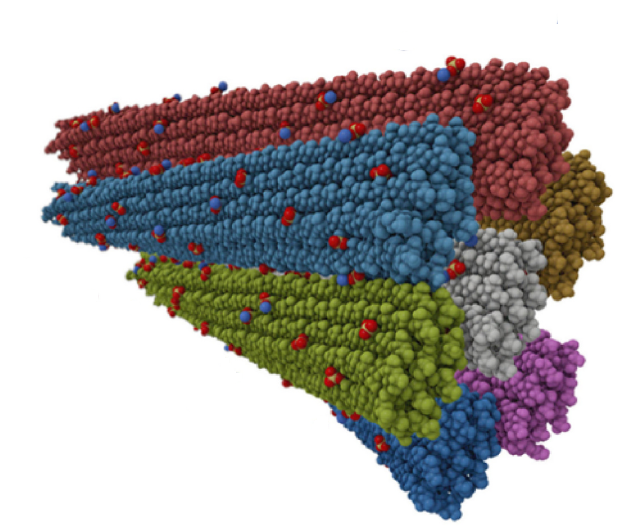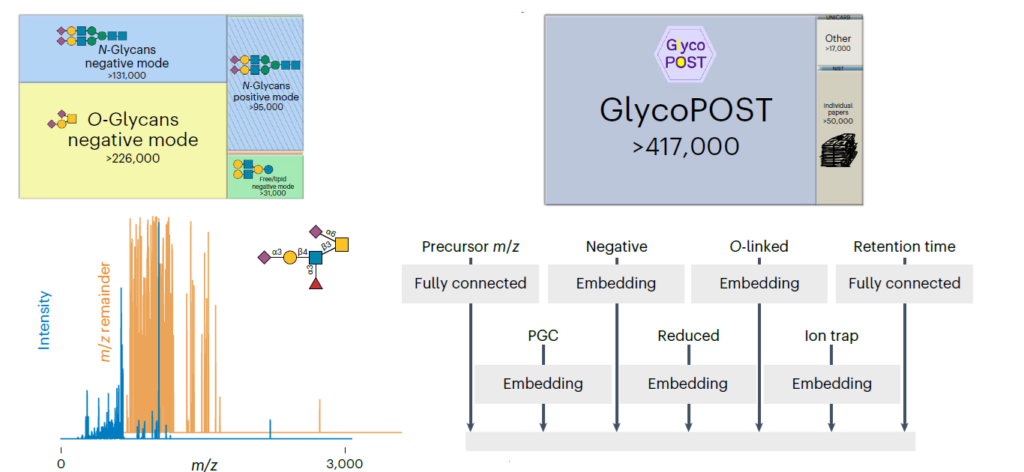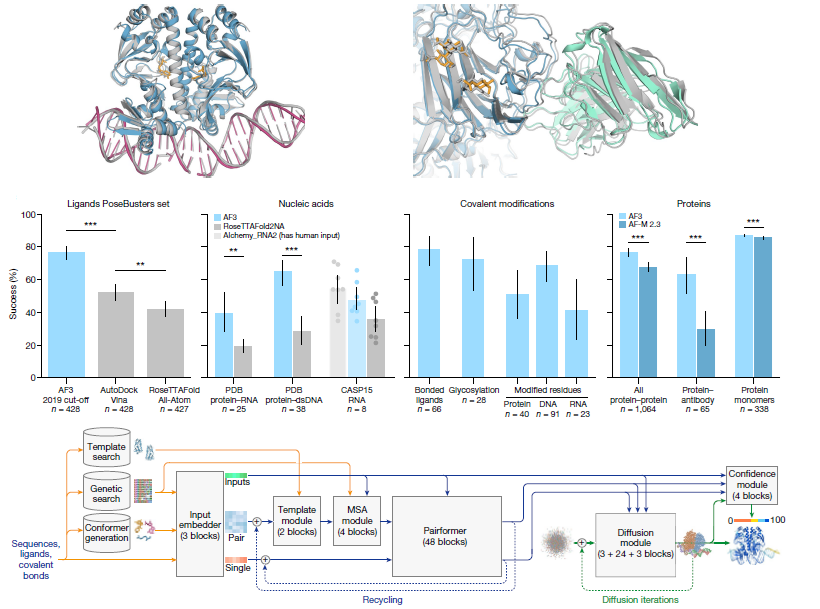Characteristically, cells must sense and respond to environmental cues. Despite the importance of cell–cell communication, our understanding remains limited and often lacks glycans. Glycans decorate proteins and cell membranes at the cell–environment interface, and modulate intercellular communication, from development to pathogenesis. Providing further challenges, glycan biosynthesis and cellular behavior are co-regulating systems. The article presents ways by which glycosylation contributes to extracellular responses and signaling.
In the first part, the authors disentangle the roles of glycans in multicellular interactions. They use newly available datasets and tools, including models of glycan biosynthesis, omics datasets, and systems-level analyses. Emerging tools in big data analytics helped derived and validated principles of glycosylation with multicellular behavior.
Big-Data Glycomics: Tools to Connect Glycan Biosynthesis to Extracellular Communication, Benjamin P. Kellman and Nathan E. Lewis, Trends in Biochemical Sciences, 2021 Apr;46(4):284-300, doi: 10.1016/j.tibs.2020.10.004.




